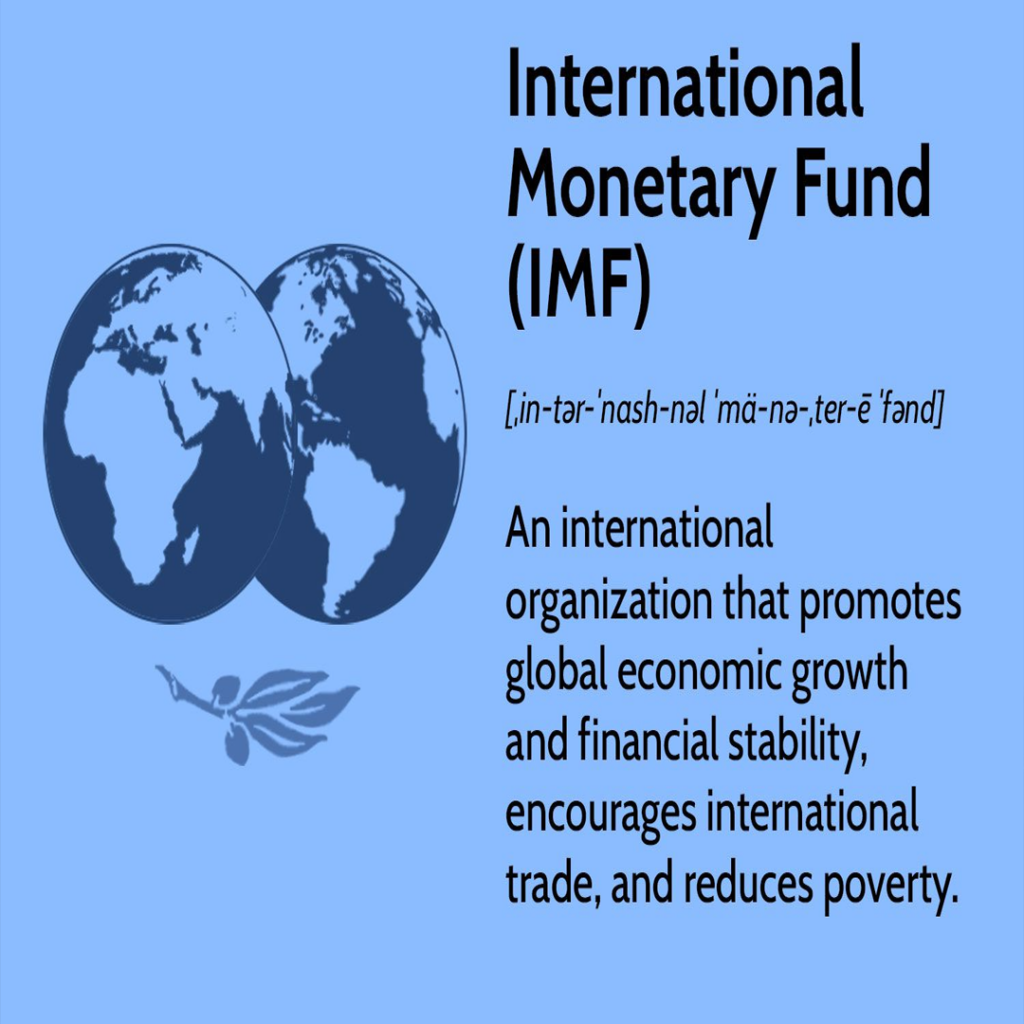Digital Zeitgeist – The Fragility Beneath: IMF’s Grim Forecast on Global Banking Stability
The Thin Ice of Global Banking:
The International Monetary Fund (IMF) delivered a stark warning in its recent semi-annual Global Financial Stability Report. The echo of this warning should reverberate across financial markets and prompt policymakers to pay heed. The core message? A significant portion of the global banking system may be operating on a financial knife-edge.
Vulnerabilities Exposed:
Despite recent stability within the sector, the IMF’s rigorous new stress testing has unveiled a grim portrait. Approximately 5% of banks worldwide may buckle under stress should central bank interest rates remain elevated for an extended period. This translates to a perturbing figure – if we take into account the number of financial institutions this represents. Even more unsettling, 30% of banks, including some titanic names in global banking, are potentially exposed if the spectre of ‘stagflation’ (low growth coupled with high inflation) materialises. Such percentages were concluded following comprehensive tests on nearly 900 banks across 29 nations. Notably, this assessment came in the wake of the shocking collapses of institutions such as California’s Silicon Valley Bank and Switzerland’s Credit Suisse Group.
A Deeper Dive into the Data:
It’s not just the smaller banks that are on shaky ground. Tobias Adrian, the director of the IMF’s Monetary and Capital Markets Department, remarked, “There’s certainly some large institutions that could be under pressure in some scenarios, absolutely.” This comment comes in light of the tumultuous U.S. banking situation, highlighting that even the downfall of smaller banks can send tremors through the financial system.
While the IMF has refrained from pinpointing which banks may find themselves in dire straits, it’s evident that the list spans both minor and major lenders. This paints a bleak picture, especially considering the geopolitical tumults – the recent Hamas attacks on Israel and retaliatory strikes only adding to global uncertainty.
U.S. Inflation Struggle and Banking Weakness:
The rate hikes by the U.S. Federal Reserve in 2022 and 2023 have already taken their toll, with regional U.S. banks suffering severe losses on government bond portfolios. These losses triggered a ripple effect, unsettling depositors and sparking a series of failures in early 2023.
Last month, the U.S. central bank maintained its overnight interest rate in the 5.25%-5.50% bracket. Yet, whispers within the financial corridors hint at another quarter-percentage-point hike before 2023 bows out. This is seen as a necessary measure to curb inflation. But what does this mean for the banks teetering on the edge?
The IMF’s metrics provide clarity. Banks whose capital levels plunge by over five percentage points during the stress test, or drop below a threshold of 7%, are termed ‘weak’. Under the current economic scenario, 55 banks – holding 4% of the world’s assets – fall into this bracket. However, in a stagflation environment, this number escalates to 215 banks, representing a whopping 42% of global assets.
Towards a More Resilient Future:
The report’s clarion call is for governments to intensify the supervision of their banks. This means banking examiners must be bolder, with the IMF recommending they adopt a more ‘intrusive’ stance. In parallel, the onus is on banks to implement ‘timely and conclusive’ remedial measures. Additionally, there’s an undeniable urgency to bolster bank resilience, primarily by enhancing capital levels.
The takeaway message? Complacency is not an option. The IMF’s advice to central banks is straightforward: Persist with elevated rates until the inflation tempest has been tamed. The underlying warning is that certain over-optimistic investors might be banking on a rapid decrease in inflation. The report sagely cautions, “History cautions against declaring victory too soon and prematurely easing monetary policy.”
In Conclusion: The Global Repercussions
The potential fallout from a large-scale banking crisis could have profound ramifications on the world’s financial systems. Reduced global liquidity, tightened credit conditions, and the possibility of a financial contagion might reset the economic growth trajectory of numerous nations. Such a scenario warrants both immediate attention and decisive action from the world’s financial guardians. The future of global economic stability could very well hinge on the choices made today.
Disclaimer: The views and opinions expressed in this article are those of the author and do not necessarily reflect the official policy or position of GPM-Invest or any other organisations mentioned. The information provided is based on contemporary sourced digital content and does not constitute financial or investment advice. Readers are encouraged to conduct further research and analysis before making any investment decisions.

